Intro
Discover 5 essential sigmoidoscopy facts, including procedure benefits, colon cancer screening, and prep tips, to understand this vital diagnostic tool for detecting colorectal issues and maintaining gut health.
Sigmoidoscopy is a medical procedure that allows doctors to examine the lower part of the colon, known as the sigmoid colon, and the rectum. This procedure is crucial for detecting and preventing colorectal cancer, as well as diagnosing other conditions that affect the lower gastrointestinal tract. With the advancement of medical technology, sigmoidoscopy has become a routine procedure that can be performed in a doctor's office or a hospital. In this article, we will delve into the world of sigmoidoscopy, exploring its importance, benefits, and what to expect during the procedure.
The sigmoid colon is the last part of the colon, and it plays a vital role in the digestive system. It is responsible for storing and eliminating waste, and any abnormalities in this area can lead to serious health issues. Sigmoidoscopy is a valuable tool for detecting polyps, cancer, and other conditions that can affect the sigmoid colon and rectum. By examining the lower part of the colon, doctors can identify potential problems early on, making it easier to treat and prevent more severe conditions from developing.
Sigmoidoscopy is a relatively simple procedure that can be performed in a short amount of time. It involves using a flexible tube with a camera and light on the end, known as a sigmoidoscope, to visualize the inside of the sigmoid colon and rectum. The procedure is typically performed under mild sedation, and patients may experience some discomfort or bloating afterward. However, the benefits of sigmoidoscopy far outweigh the temporary discomfort, as it can help detect life-threatening conditions and improve overall health.
What is Sigmoidoscopy?
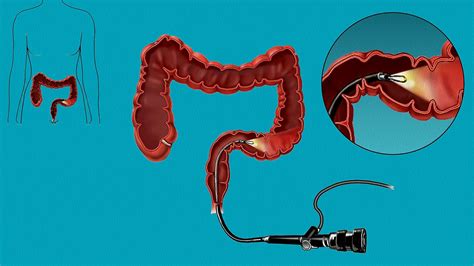
Benefits of Sigmoidoscopy
The benefits of sigmoidoscopy are numerous. It is a valuable tool for detecting colon cancer, which is one of the most common types of cancer in the world. By examining the sigmoid colon and rectum, doctors can identify polyps and other abnormalities that can be precursors to cancer. Sigmoidoscopy can also help diagnose other conditions such as diverticulitis, inflammatory bowel disease, and rectal bleeding. Additionally, the procedure can help identify the cause of symptoms such as abdominal pain, diarrhea, and constipation.How is Sigmoidoscopy Performed?

Preparation for Sigmoidoscopy
To prepare for sigmoidoscopy, patients will typically need to follow a bowel prep regimen, which involves cleaning out the colon and rectum. This may involve drinking a special liquid or taking a laxative to help empty the bowel. Patients may also need to avoid eating solid foods for a certain period before the procedure. It is essential to follow the doctor's instructions carefully to ensure that the procedure is successful.Risks and Complications of Sigmoidoscopy
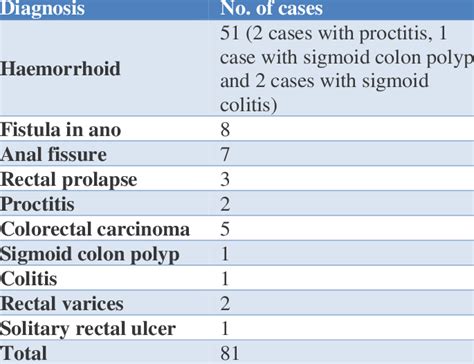
What to Expect After Sigmoidoscopy
After sigmoidoscopy, patients may experience some discomfort or bloating, but this is usually temporary. The doctor will typically provide instructions on how to manage any discomfort and when to resume normal activities. Patients may also need to follow a special diet for a few days after the procedure to help the colon heal. It is essential to follow the doctor's instructions carefully to ensure a smooth recovery.Sigmoidoscopy and Colon Cancer Screening
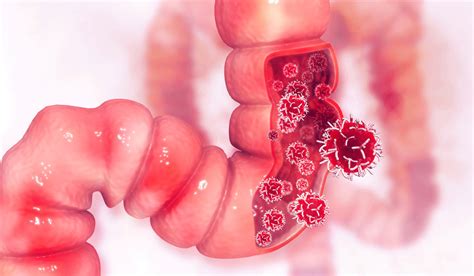
Other Uses of Sigmoidoscopy
Sigmoidoscopy is not only used for colon cancer screening but also for diagnosing other conditions that affect the lower gastrointestinal tract. These may include diverticulitis, inflammatory bowel disease, and rectal bleeding. The procedure can also help identify the cause of symptoms such as abdominal pain, diarrhea, and constipation. By examining the sigmoid colon and rectum, doctors can get a better understanding of the underlying causes of these symptoms and develop an effective treatment plan.Advances in Sigmoidoscopy Technology
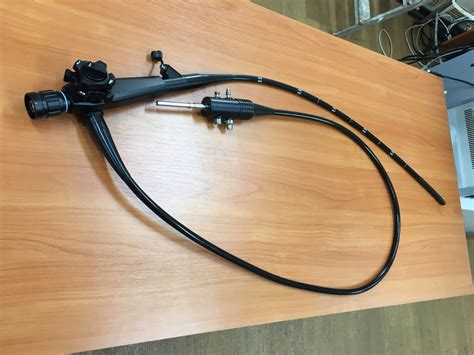
Future of Sigmoidoscopy
The future of sigmoidoscopy is exciting, with ongoing research and development aimed at improving the procedure and making it more accessible to patients. Some of the potential advancements include the use of artificial intelligence and machine learning to improve image analysis and diagnosis. There is also a growing interest in using sigmoidoscopy for therapeutic purposes, such as removing polyps and treating other conditions that affect the lower gastrointestinal tract.Conclusion and Final Thoughts
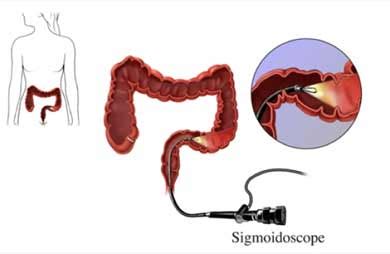
We invite you to share your thoughts and experiences with sigmoidoscopy in the comments below. If you have any questions or concerns, please do not hesitate to reach out to us. We are committed to providing accurate and helpful information to our readers, and we look forward to hearing from you.
What is the purpose of sigmoidoscopy?
+Sigmoidoscopy is a medical procedure used to examine the lower part of the colon and rectum to detect and prevent colorectal cancer, as well as diagnose other conditions that affect the lower gastrointestinal tract.
How is sigmoidoscopy performed?
+Sigmoidoscopy is performed by inserting a flexible tube with a camera and light on the end, known as a sigmoidoscope, into the rectum and guiding it through the sigmoid colon.
What are the risks and complications of sigmoidoscopy?
+The risks and complications of sigmoidoscopy include bleeding, infection, and perforation of the colon. However, these complications are rare and can be treated with medication or surgery.
How often should I undergo sigmoidoscopy?
+The American Cancer Society recommends that adults over 45 years old undergo regular colon cancer screening, which may include sigmoidoscopy. The frequency of sigmoidoscopy depends on individual risk factors and medical history.
What are the benefits of sigmoidoscopy?
+The benefits of sigmoidoscopy include early detection and prevention of colorectal cancer, diagnosis of other conditions that affect the lower gastrointestinal tract, and improved treatment outcomes.
